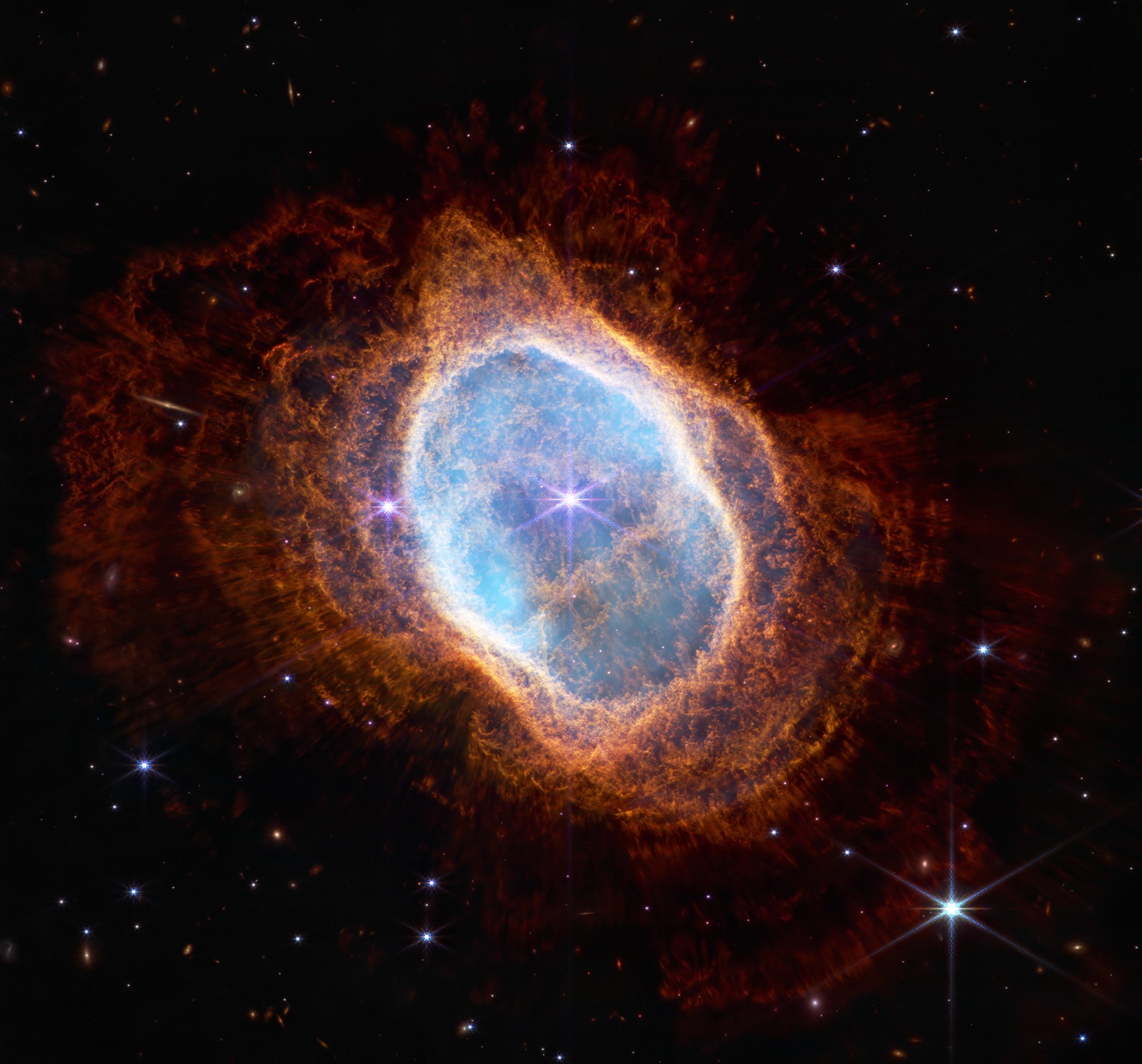Scientists have repurposed a powerful astronomical tool, the Compton Camera, to investigate the minuscule world of atoms. Originally designed to study distant celestial objects, the camera has proven adept at revealing the inner workings of atomic nuclei.
From Deep Space to the Atomic Nucleus
Developed for the Hitomi satellite to observe high-energy cosmic phenomena, the Compton Camera wasn’t intended for atomic investigations. However, researchers realized its potential to measure the polarization of gamma rays – a key element in understanding the structure of atomic nuclei.
Compton Camera: Unveiling the Atomic Landscape
Compton cameras utilize the “Compton scattering” phenomenon to determine the direction and energy of gamma rays. This involves high-energy light particles bouncing off electrons within an atom, revealing details about the atom’s structure.
Unstable Nuclei: A Scientific Mystery
While numerous stable atomic nuclei exist, thousands of unstable ones remain a scientific enigma. Scientists have observed unique phenomena around these unstable nuclei, including anomalies in electron energy levels and the appearance/disappearance of “magic numbers” (specific electron shell configurations).
A New Tool for Unveiling the Secrets
Conventional methods struggle to analyze changes in unstable nuclei due to limitations in sensitivity and detection efficiency. This is where the repurposed Compton Camera steps in.
The Power of Polarization
The camera’s Cadmium Telluride (CdTe) sensor excels at measuring the polarization of gamma rays emitted by unstable nuclei. This polarization, arising from the scattering angle of the light, offers insights into the properties of particles within the atom, including their “spin” and “parity” (quantum mechanical characteristics).
Experiments Validate the Repurposed Tech
Researchers at RIKEN conducted experiments by bombarding iron nuclei with protons, causing them to emit gamma rays. The Compton Camera successfully measured the scattering angle and polarization of these gamma rays, revealing valuable information about the nucleus’ internal structure.
Beyond Expectations: A New Era of Discovery

The Future: A Universe of Possibilities
The experiment’s success surpassed even the researchers’ expectations. This paves the way for utilizing space-grade instruments like the Compton Camera to unlock the secrets of the atomic world.
Takahashi, the lead researcher, suggests that various astronomical Compton cameras hold similar potential for measuring the polarization of photons, opening doors to further exploration of the atomic realm.



















